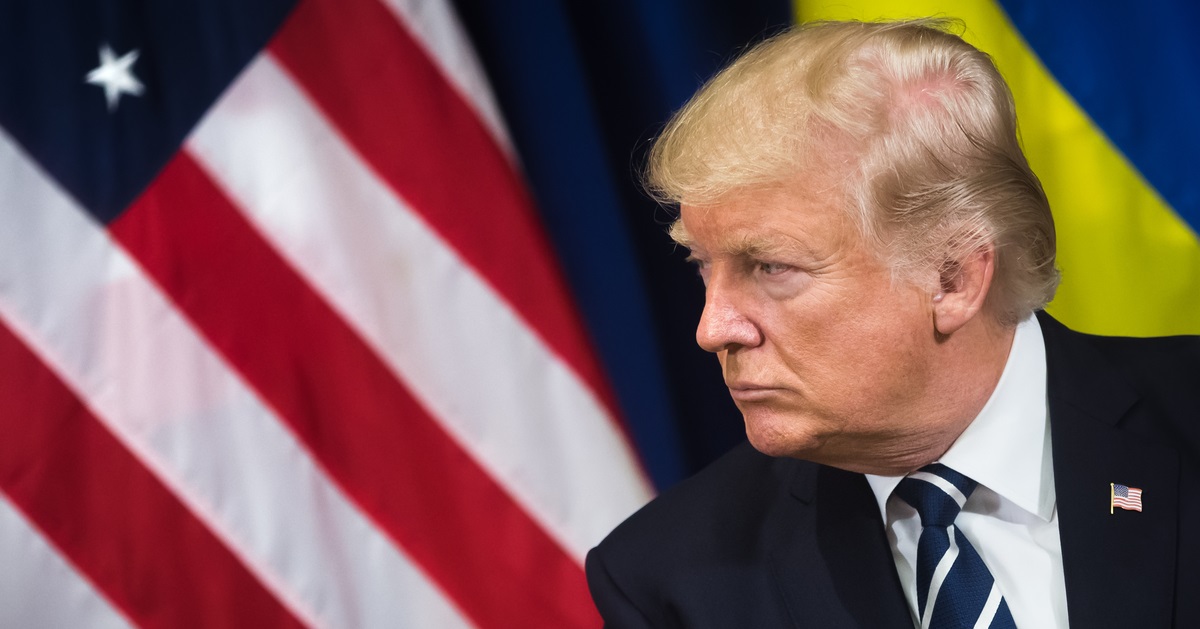Kamala Harris's Campaign Approach Sparks Widespread Speculation
According to PJ Media, Vice President Kamala Harris has been notably absent from the campaign trail for two consecutive days, dedicating time to interview preparations instead of crucial battleground state visits.
This development comes at a critical juncture, with only two weeks remaining until Election Day.
The Harris-Walz campaign's decision to limit the Vice President's public appearances contrasts sharply with Donald Trump's active campaign schedule.
This strategic shift becomes particularly noticeable as polls indicate an increasingly competitive race between the two candidates.
Democratic VP Disappears From Public Events at Critical Time
Harris spent Tuesday in Washington, D.C., focusing on preparation for two interviews rather than engaging in campaign events.
This decision has drawn criticism from political observers who note the stark difference between her schedule and Trump's recent successful public appearances, including his well-received McDonald's visit.
The Vice President's schedule remained empty of campaign rallies for a second consecutive day on Wednesday. Instead, her time was allocated to travel arrangements and preparation for a CNN appearance scheduled for the evening.
Meanwhile, running mate Tim Walz has maintained an active campaign presence, appearing alongside former President Barack Obama in Wisconsin and planning events in Kentucky. The campaign has also announced Harris's upcoming visit to Texas on Friday.
Star Power Takes Center Stage While Harris Steps Back
The campaign appears to be implementing a surrogate-heavy approach in these final weeks. High-profile supporters, including Barack Obama, Bill Clinton, and various celebrities, are taking center stage at campaign events.
A recent Detroit rally exemplified this strategy, featuring multiple speakers, including singer Lizzo. Harris's appearance at the event was notably brief, with her speech lasting less than seven minutes.
The campaign has also enlisted entrepreneur Mark Cuban to promote Harris's economic policies, while Bruce Springsteen is scheduled to headline rallies in swing states.
Past Campaign Mistakes Shape New Electoral Approach
The current campaign strategy appears influenced by lessons learned from Hillary Clinton's 2016 campaign, which faced criticism for neglecting key battleground states. However, unlike 2016, current polling data shows a much tighter race.
Political analysts are drawing parallels between Harris's limited public exposure and her previous polling numbers as Vice President. The campaign's reliance on surrogates may reflect a strategic response to these factors.
The focus on red states like Texas has raised questions about resource allocation during the campaign's crucial final days. Unlike Trump's August visit to Montana, which aimed to support Senate candidate Tim Sheehy, Harris's state choices appear less strategically focused on down-ballot races.
Behind The Scenes Of A Campaign's Final Days
This apparent strategic shift in the Harris-Walz campaign reflects a carefully orchestrated approach to the election's final days. The decision to limit Harris's direct campaign appearances while maximizing surrogate involvement demonstrates a significant departure from traditional campaign practices.
The campaign's choice to invest time in interview preparations rather than battleground state visits, coupled with the increased reliance on high-profile supporters, suggests a deliberate recalibration of their electoral strategy.
This tactical adjustment, occurring just two weeks before Election Day, highlights the campaign's responsive approach to evolving electoral dynamics.



